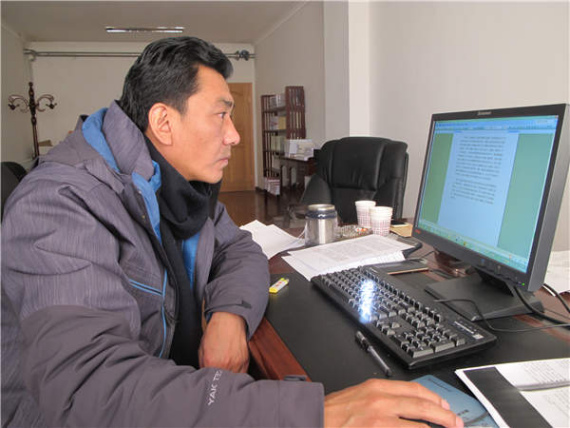
An office dedicated to preserving the epic was opened in 1979, according to the Tibet Academy of Social Sciences. Starting in the 1980s, Tibet carried out a survey on the epic's many iterations, seeking storytellers, and collecting old manuscripts and woodblock printing versions of the saga, said Tsering, 50.
More than 74 old manuscripts were collected, and within a couple of years, the office had identified 39 storytellers who could each recount more than 10 of the King Gesar tales. The epic's narrators were mainly found in Tibet's northern Nagqu prefecture, eastern Qamdo prefecture and western Ngari prefecture.
Since then, more than 57 storytellers have been identified and their tales have been preserved in print, and on audio recordings and video. More than 5,000 hours of audio recordings were collected and many of the stories have been rendered into books. A collection of King Gesar tales performed by 10 eminent storytellers from Tibet is expected to be published this year.
Another project, the Gesar Music Collection, which Tsering directed, also has been completed. The first of its kind and 11 hours in length, it consists of five videos and features 118 tunes sung in the voices of 76 of the epic's characters. Six pre-eminent King Gesar artists of Tibet's Nagqu prefecture were selected as performers.
"Nagqu is a place with the richest tunes for King Gesar," Tsering said.
Among the preservationist's proudest achievements is a collection of tales recorded by Samdrub, a legend among King Gesar storytellers, who died in 2011.


















































